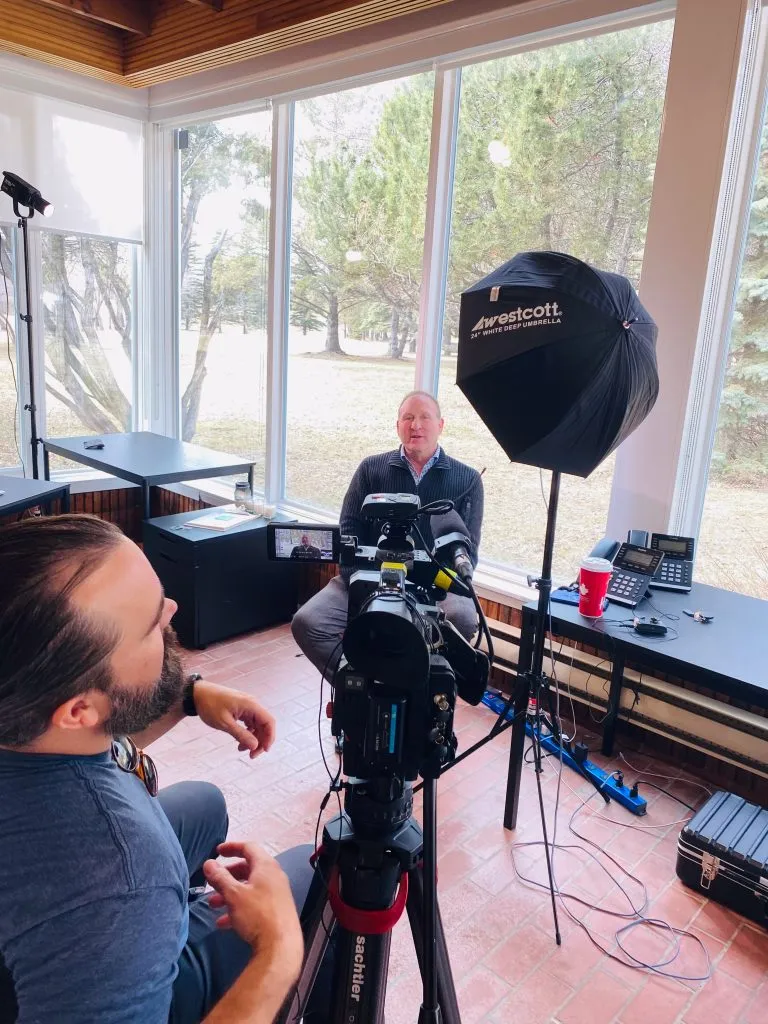Interventions are powerful life changing processes that help people struggling with addiction, mental health issues or behavioral problems to acknowledge their situation and accept professional help. The concept of intervention is about supporting, expressing concern and facilitating a structured plan to guide people towards recovery. This blog will cover the intervention process, the role of professionals, types of interventions and key considerations for success.
What is an Intervention?
An intervention is a planned meeting where family members, friends and sometimes colleagues confront a loved one about the consequences of their behavior. The goal is to get the person to accept help and commit to a treatment plan. This structured process is often guided by a professional interventionist to keep the conversation on track and productive.
When do Interventions happen?
Interventions happen when the person’s behavior is impacting their life and the lives of those around them. Substance abuse, untreated mental health issues and behavioral addictions like gambling or eating disorders are common reasons for interventions.
The Steps of a Successful Intervention
The success of an intervention lies in its structure. Here are the steps involved in a successful intervention:
1. Planning
The foundation of a successful intervention starts with planning. A concerned person, usually a family member or close friend, begins the process by gathering a group of supporters. In this phase it’s important to consult with a professional interventionist or counselor to develop a plan to make the intervention work.
• Why planning matters: Planning minimizes emotional outbursts and keeps the meeting on track to help the person in need.
2. Information Gathering
Knowing the extent of the person’s problem is key. This means researching their behavior, identifying the triggers and looking at treatment programs. Consulting with healthcare professionals such as addiction specialists, therapists or psychiatrists can give you valuable information about the condition and treatment options.
• Questions to ask during this phase:
• What is the substance or behavior causing harm?
• How bad is it?
• What treatment programs are available?
3. The Intervention Team
The intervention team is crucial to the process. The group usually includes people who have a significant and supportive relationship with the person in need. Each team member must agree to be compassionate and non-judgmental during the intervention.
• Who to include:
• Family members
• Close friends
• Trusted colleagues
• Religious or spiritual advisors (if applicable)
4. Consequences
While the goal of an intervention is to get the person to accept help, it’s equally important to outline the consequences of not getting help. These consequences should be clear, realistic and enforceable. Examples are withdrawing financial support or limiting contact until the person seeks help.
• Why this step matters: Consequences make it real.
5. Rehearsal
Rehearsals help the team prepare for the actual meeting. Team members can practice their statements, refine their words and anticipate the person’s reaction. This step keeps the intervention on track and constructive.
6. The Intervention
The actual intervention is the moment of truth. Each team member takes turns sharing their concerns, using specific examples of how the person’s behavior has impacted their life. The intervention ends with a treatment plan and consequences of not getting help.
• Things to remember:
• Use non-confrontational language.
• Stay calm and compassionate.
• Focus on the person’s well-being.
7. Follow-Up
The intervention doesn’t stop once the person agrees to get help. Ongoing support is key to their recovery. This may mean going to therapy sessions with them, attending support groups or making lifestyle changes to create a supportive environment.
The Role of Professional Interventionists
Professional interventionists bring knowledge and objectivity to the process. With years of experience dealing with family dynamics and addiction and mental health issues they can make the process as smooth as possible.
Why hire a professional?
• They help you choose the right treatment options.
• They calm down emotional situations.
• They keep the intervention on track.
Professional interventionists also act as mediators, between the person and their loved ones, so they can accept help.
Types of Interventions
Interventions can be tailored to address different challenges, so the approach matches the person’s needs. Here are some examples:
1. Substance Abuse Interventions
These interventions are for people struggling with alcohol, drugs or prescription medication addiction. The goal is to get them to see the consequences of their addiction and commit to rehab.
2. Mental Health Interventions
Mental health disorders like depression, anxiety, bipolar disorder and schizophrenia can severely impact a person’s life. Interventions get the person to seek professional help and support for their condition.
3. Behavioral Addiction Interventions
Compulsive behaviors like gambling, eating disorders or excessive internet use can damage a person’s personal and professional life. Behavioral interventions address these patterns and promote healthier habits.
Things to consider for a successful intervention:
Timing
Timing is everything. Choose a time when the person is sober, calm and most likely to be receptive.
Location
The location should be private, neutral and free from distractions. A safe space for open and honest conversation.
Language
Words matter. Use compassionate language to express concern without blame. For example, “I’m worried about your health” instead of “You’re ruining everything”.
Preparedness
Be ready to act immediately if the person agrees to get help. This means having treatment options researched, appointments scheduled and transport arranged.
Obstacles and how to overcome them
Interventions can be emotional and don’t always go as planned. Common obstacles:
• Denial: They won’t acknowledge the problem.
• Anger: They’ll be hostile or feel betrayed.
• Reluctance: Even if they agree to get help they may not follow through.
How to deal with these obstacles:
• Be patient and persistent.
• Reiterate the message of love and support.
• Engage a professional interventionist for extra help.
The Intervention
Interventions have changed countless lives, they are the trigger for recovery and healing. For families and friends an intervention is hope – a chance to get the well-being of someone they love back. For the person, it’s a chance to break free from destructive patterns and start a journey of self discovery and growth.
Conclusion
An intervention is more than a meeting – it’s a lifeline for someone struggling with addiction, mental health or behavioral issues. By planning and executing an intervention with compassion and support families and friends can be part of the journey to recovery. With professional interventionists and a strong support system you can bring about real and lasting change.




Leave a Reply